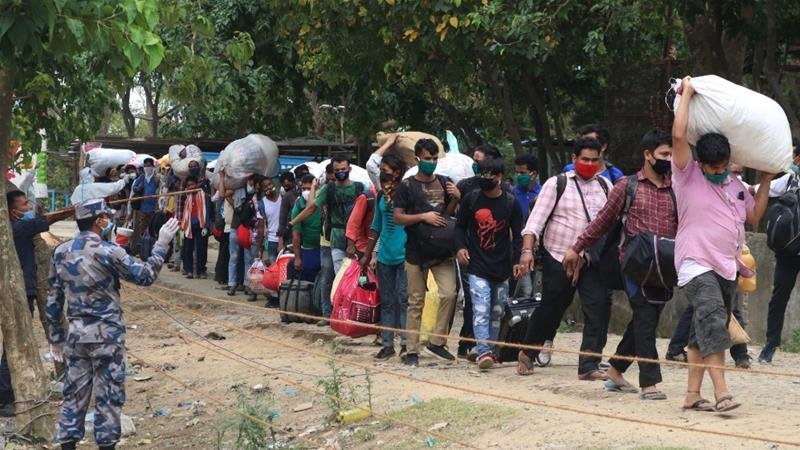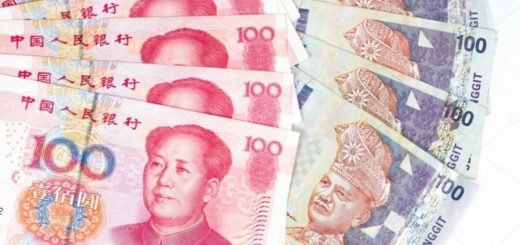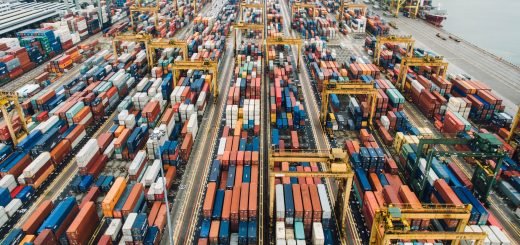Nepal’s fight against Covid-19 and Worker Migration through an economic lens

Highly characterized by its migrant population, landlocked with India and China, Nepal is in deep crisis in the wake of the pandemic. With around 16,000 Covid-19 cases, the country is facing economic shortages, owing to reduced inflow of remittances from its migrant population in India, Malaysia and the Gulf Corporation Council (GCC). Between 2007 and 2018, the country issued around 3.5 Million labour permits to migrant workers and received remittances worth NPR 699 Billion ($ 6.56 Billion) for the year. Moreover, more than one-fourth of the GDP of the country comes from its citizens employed overseas.
In the recently released South Asian Economic Focus, The World Bank expected the country’s growth to fall to a range between 1.8 and 2.5 percentage in 2020. ”In Nepal, growth is expected to fall to a range between 1.5 and 2.8 percent in FY20 reflecting lower remittances, trade and tourism, and broader disruptions caused by the COVID-19 outbreak. A prolonged outbreak of COVID-19 would impact growth significantly with a further deceleration or contraction in services and industrial production” quoted the World Bank.
The fast spread of the disease, high fatality, dense populations, inadequate medical infrastructure and distorted social beliefs have led the country to impose a lockdown as an emergency measure to fight the pandemic. Further adding to this problem, the country is home to millions of low-skilled workers, doing daily jobs, and international low-level jobs to make ends meet. Nepal ranks as the second South Asian country, after Bangladesh, with the largest number of migrant workers in Malaysia. Migration can have both positive and negative repercussions, with the former in the forms of remittances, diasporas, and trade links. But, all the positive aspects come into play only if the country’s social and political ecosystems are conducive enough.
” Lockdowns, travel bans, and social distancing measures in response to the crisis have disproportionately affected internal migrant workers, who found themselves stranded, unable to return either to their places of work or their communities of origin” according to the Migration and Development Brief by the World Bank Group.

The country’s weak medical infrastructure and population moving from India have given rise to an increase in Covid-19 numbers for the country, further burdening the economy.
According to a report by International Labour Organisation (ILO), Most households in Nepal used remittances for consumption (30%), Loan repayment (29%) and for other expenditures including asset acquisition, savings, education expenses among the others. For a country like Nepal with heavy dependence on remittances, a little reorientation can cause grave trouble. It also said in the report, that “Securing Employment upon return was a reported difficulty among returnee migrants and many where unemployed”.
What can be done for a better future for Nepal?
The South Asia Economic Focus report recommends “preparing weak healthcare systems for greater COVID-19 impacts, as well as providing safety nets and securing access to food, medical supplies, and necessities for the most vulnerable. To minimize short-term economic pain, it calls for establishing temporary work programs for unemployed migrant workers, enacting debt relief measures for businesses and individuals, and easing inter-regional customs clearance to speed up import and export of essential goods” to tackle the economic impacts of the crisis.


















